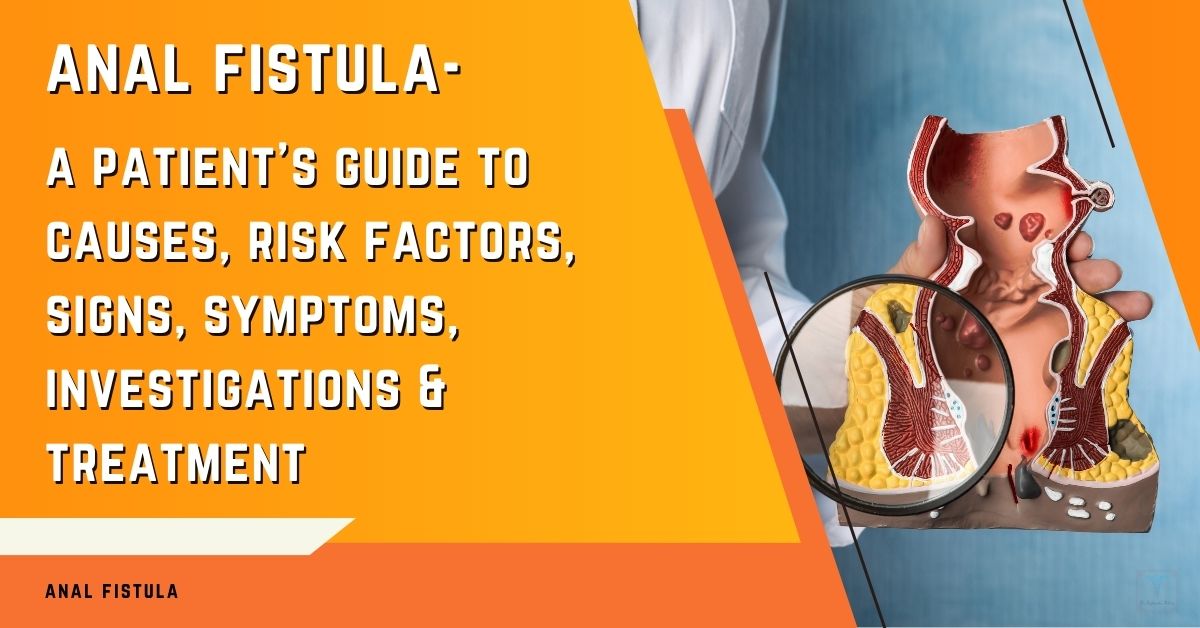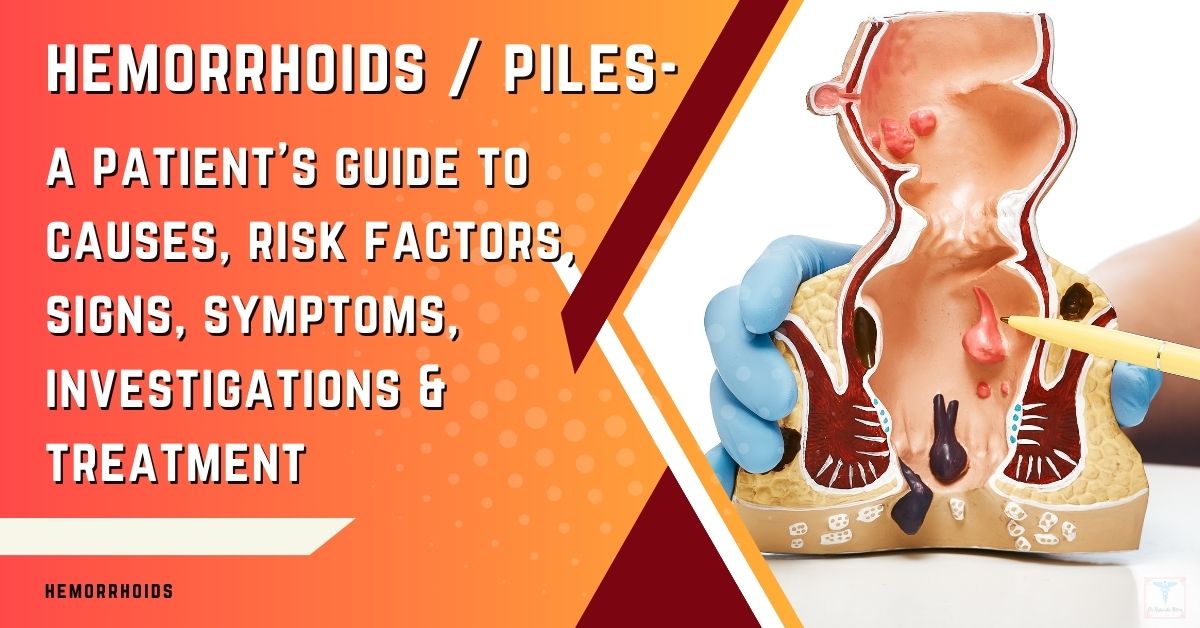Gallbladder health is integral to our digestive well-being, and timely diagnosis is paramount for those experiencing related symptoms. As members of a community attentive to health matters, we recognize the importance of thorough investigation into gallbladder function.
This exploration begins with a detailed medical history and gallbladder symptom analysis, followed by laboratory blood and urine tests to assess enzyme levels and signs of inflammation.
Imaging techniques, such as ultrasounds and CT scans, offer a non-invasive glimpse into the gallbladder’s condition, while advanced procedures like ERCP and HIDA scans provide further clarity.
Together, these diagnostic tests form a comprehensive approach to ensure that every individual feels heard, supported, and on a clear path toward optimal gallbladder health.
Diagnostic Tests For Gallbladder – Basic And Advanced
- Gallbladder function can be assessed through various diagnostic tests such as HIDA scan, ERCP, MRCP, ultrasound, and CT scans.
- Laboratory blood tests like complete blood count and liver function tests are helpful in diagnosing gallbladder conditions and assessing overall gallbladder health.
- Symptoms like abdominal pain, high white blood cell count, and jaundice can indicate gallbladder distress and inflammation.
- Advanced diagnostic procedures like ERCP and MRCP offer both diagnostic and therapeutic capabilities, providing more definitive insights into biliary system conditions.

Understanding Gallbladder Function
The gallbladder’s primary role is to store and concentrate bile, a digestive fluid produced by the liver, which is essential for the emulsification and absorption of dietary fats.
Nestled beneath the liver, the gallbladder functions in concert with other hepatobiliary components to facilitate fat digestion through the release of this concentrated bile into the small intestine.
When signs of gallbladder distress manifest, such as pain in the upper abdomen or a high white blood cell count indicative of inflammation, a suite of diagnostic tests may be employed to evaluate its health.
Blood tests often serve as preliminary assessments, revealing liver function anomalies that might suggest bile duct obstruction or gallbladder disease. To visualize the gallbladder’s structure, an abdominal ultrasound is frequently performed due to its noninvasive nature and proficiency in detecting gallstones or signs of cholecystitis.
For a more nuanced examination, healthcare institutions may recommend a Hepatobiliary Iminodiacetic Acid (HIDA) scan, which tracks a radioactive tracer to gauge bile flow from the liver into the gallbladder and beyond.
Through these diagnostic modalities, clinicians can elucidate the underlying pathology, thereby fostering a sense of belonging for patients within the continuum of care.
Medical History And Symptoms
A thorough evaluation of a patient’s medical history and symptomatic presentation is the initial step in the diagnostic process for gallbladder health.
Healthcare practitioners begin by compiling a detailed account of the patient’s symptoms, probing for instances of abdominal pain, especially pain in the right upper quadrant, which may radiate to the back or shoulder.
These are hallmark signs and symptoms of gallbladder inflammation, often suggesting acute calculous cholecystitis, particularly in people with gallstones.
Clinicians look for signs of gallbladder distress, including episodes of biliary colic, chronic cholecystitis, or other related health complications.
A patient’s familial predisposition and past medical events provide essential clues to the likely cause of their current condition. By understanding the nuances of each patient’s experience, healthcare professionals can foster a sense of belonging and partnership in managing their health.
The physical examination is meticulously performed, assessing for jaundice and Murphy’s sign, which could indicate the presence of gallbladder inflammation.
Concurrently, laboratory tests such as a complete blood count may reveal leukocytosis, and liver function tests can show abnormalities, both suggestive of gallbladder disease. These initial assessments are critical to formulating a differential diagnosis and guiding subsequent, more definitive diagnostic tests.

Laboratory Blood Tests
While assessing gallbladder function, physicians utilize a variety of laboratory blood tests to identify markers indicative of gallbladder stress or disease. These tests are crucial for patients who present with symptoms that worry them about the causes of their abdominal discomfort.
A high white blood cell count, for instance, can point to an inflammatory process, which is often seen in conditions like cholecystitis.
Laboratory blood tests for gallbladder health often begin with a Complete Blood Count (CBC) to evaluate the white blood cell count, which, if elevated, suggests an infection or inflammation.
Liver function tests provide insight into the organ’s performance and can detect abnormalities that may affect the gallbladder. Here is a closer look at some common blood tests and their uses:
| Test Type | Primary Use |
| Complete Blood Count (CBC) | Detects high white blood cell count |
| Liver Function Tests | Evaluates liver enzymes and bilirubin levels |
| Liver Enzyme Tests | Indicates bile duct obstruction or infection |
| Hepatobiliary Iminodiacetic Acid (HIDA) Scan | Assesses gallbladder function |
Each test uses specific biomarkers to assess the health of the gallbladder, providing a comprehensive picture that guides clinicians in management and treatment decisions.
These diagnostic tools are integral for individuals seeking answers and relief from their gallbladder-related concerns.
Imaging Techniques Overview
Imaging techniques play a crucial role in the visualization and assessment of gallbladder conditions, supplementing the data obtained from laboratory tests.
These non-invasive modalities offer a detailed view of the gallbladder, enabling clinicians to make accurate diagnoses and tailor treatments to individual patient needs.
- UltrasoundThis widely utilized modality uses sound waves to create images of the gallbladder, identifying the presence of gallstones and assessing for inflammation.
- Computerized Tomography (CT)CT scans offer a comprehensive examination of abdominal structures, detecting ruptures or infections within the gallbladder and its associated bile ducts.
- Magnetic Resonance Cholangiopancreatography (MRCP)MRCP leverages magnetic resonance imaging to visualize the bile ducts and pancreatic ducts, often used to diagnose biliary tract disorders without the need for invasive procedures.
For diagnostic precision, endoscopic retrograde cholangiopancreatography (ERCP) stands out; dye is injected to highlight the bile ducts, pinpointing obstructions. The iminodiacetic acid (HIDA) scan is another imaging test that evaluates gallbladder function by tracking the flow of bile.
Together, these imaging tests provide a complete picture of gallbladder health, from anatomical anomalies to functional irregularities, ensuring patients receive the most effective care possible.
Advanced Diagnostic Procedures
Several advanced diagnostic procedures are available for a thorough evaluation of gallbladder health, going beyond basic imaging to offer more definitive insights into biliary system conditions. Endoscopic retrograde cholangiopancreatography (ERCP) is one of the primary procedures used to diagnose stones blocking the bile ducts.
By inserting a small hollow tube or endoscope through the mouth, ERCP allows direct visualization of the ducts and pancreatic ducts. This flexible tube can also facilitate the removal of stones, providing both diagnostic and therapeutic capabilities.
Magnetic resonance cholangiopancreatography (MRCP) utilizes resonance imaging to produce detailed images of the biliary tract and is particularly useful in detecting malignancies or stones in the bile ducts without the need for invasive endoscopy.
This non-invasive technique is increasingly preferred for its safety profile and ability to visualize the bile ducts through a small magnetic field.
Furthermore, a hepatobiliary iminodiacetic acid (HIDA) scan involves the administration of a radioactive dye, tracing the production and flow of bile from the liver to the small intestine, thereby assessing gallbladder function and identifying any obstruction blocking the bile ducts.
Endoscopic ultrasound (EUS) complements these procedures by detecting smaller stones that traditional imaging might miss, leveraging high-frequency sound waves through a flexible tube to provide clinicians with a comprehensive diagnostic tool.
Final Note From Dr. Rajarshi Mitra
In conclusion, the gallbladder, akin to a meticulous custodian of bile, necessitates diverse diagnostic tests to ascertain its health. A comprehensive approach, integrating medical history, symptomatology, biochemical analysis, and a suite of imaging modalities, illuminates the pathologies lurking within.
Advanced procedures then fine-tune the diagnostic picture. This arsenal of diagnostic tools ensures that clinicians can tailor treatment strategies with precision, safeguarding the intricate balance of the digestive system’s biliary tract.
Ask Dr. Rajarshi Mitra – FAQs
Which Types of Tests Could Be Used to Assess Gallbladder Health?
Gallbladder health can be assessed using gallbladder ultrasound, HIDA scan, MRI cholangiography, endoscopic ultrasound, cholecystography, and CT scanning. Blood tests, liver function tests, and oral cholecystograms also provide valuable diagnostic information.
What Is the Gold Standard Test for Gallbladder Disease?
The gold standard for gallbladder disease is endoscopic retrograde cholangiopancreatography, which excels in diagnostic accuracy and functional assessment of biliary dyskinesia through contrast imaging and hepatobiliary iminodiacetic acid (HIDA) scanning.
How Do You Test for Gallbladder Inflammation?
Gallbladder inflammation is unveiled through a symphony of diagnostics: ultrasound imaging detects swollen bile ducts, blood tests expose elevated white blood cell counts, and HIDA scans measure function post-fatty meal challenge, confirming cholecystitis symptoms.
What Are the First Signs of a Bad Gallbladder?
Initial gallbladder symptoms often include severe pain in the upper abdomen, dietary-triggered discomfort, chronic indigestion, and fat intolerance. Nausea, frequent belching, stool changes, fever episodes, and jaundice observation are also indicative signs.
Dr. Rajarshi Mitra is a patient-centered, highly-rated Specialist Laparoscopic Surgeon & Proctologist in Abu Dhabi, offering Advanced Laparoscopic Surgery, Minimally Invasive Proctology & Lasers in Proctology. He is MBBS; MS (Surgery); FIAGES; FICS (USA); Dip. Lap (France); and Dip. Hernia (APHS) with 18 years of extensive experience in Laparoscopic Surgery, Minimally Invasive Proctology and Fellowship training in Colorectal and Bariatric Surgery.


























